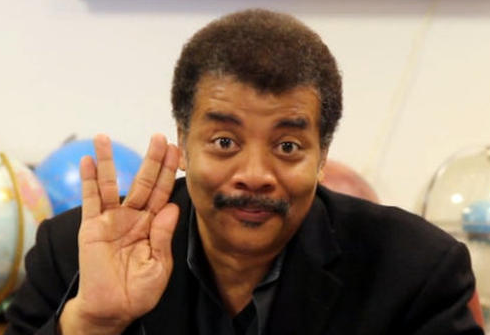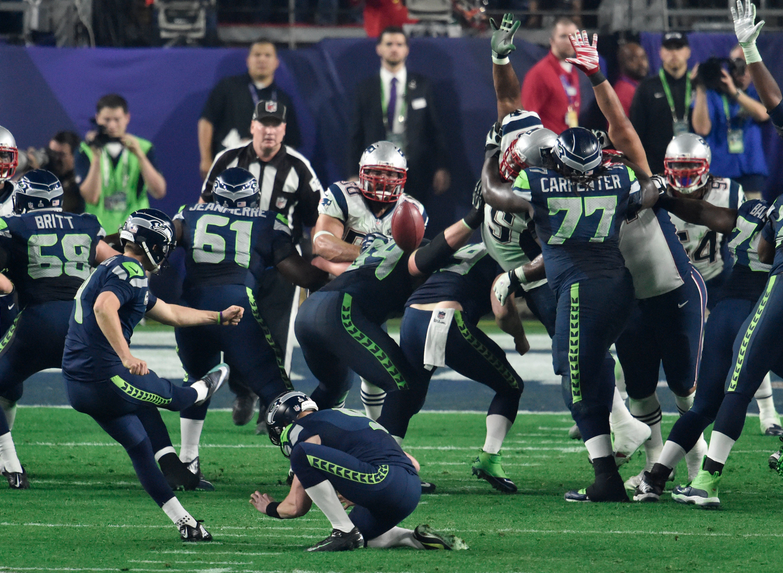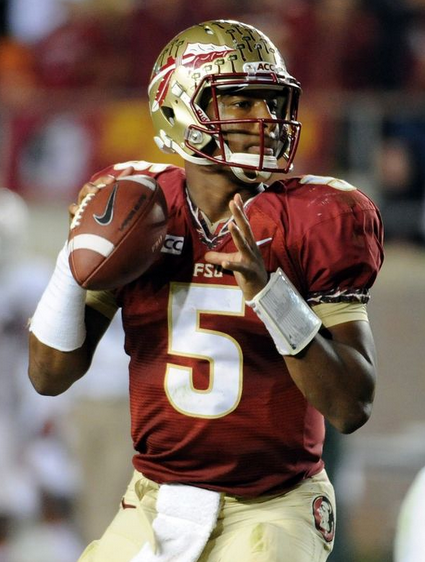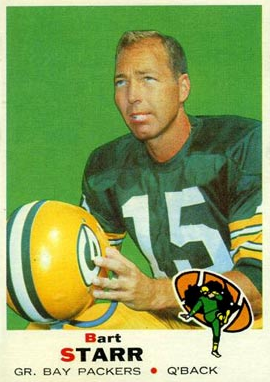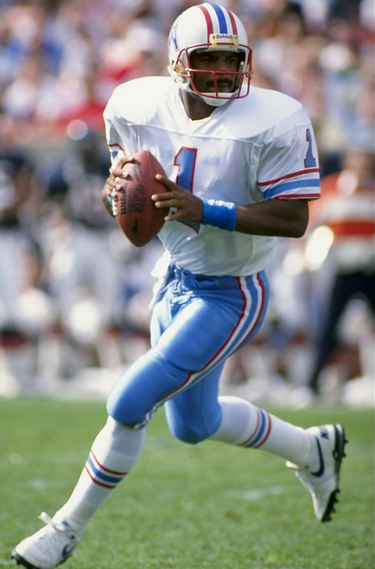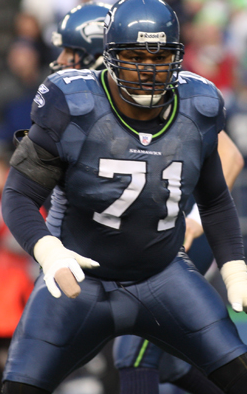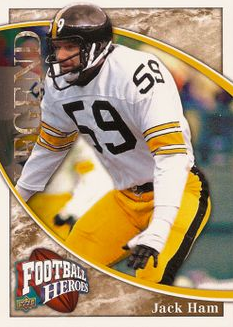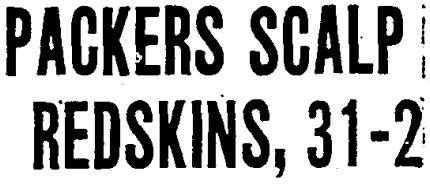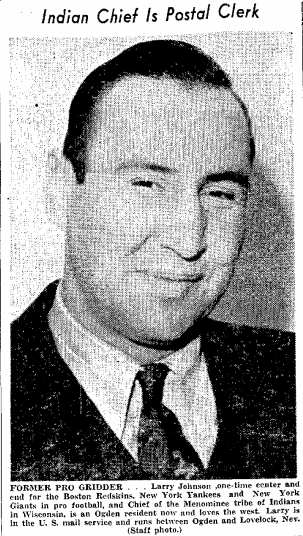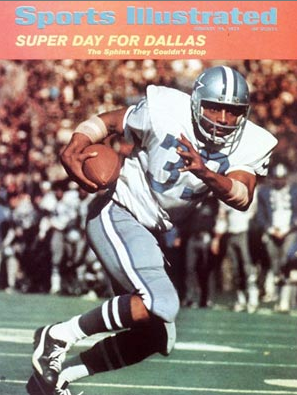Following up on yesterday’s discussion of whether NFL teams have gotten any better at drafting in the last 50 years . . .
As tonight’s draft approaches, here are a few more things I came across in my research:
● The last time more Hall of Famers were drafted in the second round than the first: 1991.
Nobody in Round 1 that year wound up in Canton. In Round 2, though, the Cardinals got CB CB Aeneas Williams with the 59th pick.
(Note: As with yesterday’s post, I’m not talking about “rounds” as much as blocks of 32 picks — 1 through 32, 33 through 64 and 65 through 96. That way, drafts in the 2000s can be compared to drafts in the 1930s, even though there were fewer teams and shorter rounds in the early years.
● The last time more Hall of Famers were drafted in the third round than the first: 1986.
That was year the 49ers, at 96, lucked into DE Charles Haley. None of the first-rounders has gone on to the Hall.
● The last time the top three rounds each produced a HOFer: 1993 — OT Willie Roaf (Saints, 8th) and RB Jerome Bettis (Rams, 10th) in the Round 1, DE Michael Strahan (Giants, 40th) in Round 2 and OG Will Shields (Chiefs, 74th) in Round 3.
● The two times more Pro Bowlers were drafted in the second round than the first (since 1950, the season the first modern Pro Bowl was played): 1967 and ’74. I’ll give you details for ’67, since ’74 comes up again later.
Round 1 (9): DE Bubba Smith (Colts, 1st pick), QB Bob Griese* (Dolphins, 4th), LB George Webster (Oilers, 5th), RB Floyd Little* (Broncos, 6th), RB Mel Farr (Lions, 7th), WR Gene Washington (Vikings, 8th), DT Alan Page* (Vikings, 15th), OG Gene Upshaw* (Raiders, 17th), WR Bob Grim (Vikings, 28th). (Asterisk denotes Hall of Famer.)
Round 2 (10): RB Willie Ellison (Rams, 33rd), CB Lem Barney* (Lions, 34th), DT Bob Rowe (Cardinals, 43rd), FS Rick Volk (Colts, 45th), LB Jim Lynch (Chiefs, 47th), LB Willie Lanier* (Chiefs, 50th), WR John Gilliam (Saints, 52nd), OT Mike Current (Broncos, 58th), George Goeddeke (Broncos, 59th), LB Paul Naumoff (Lions, 60th).
The last time more Pro Bowlers were drafted in the third round than the first: never.
In 1966 and ’74 the totals were pretty close: six in Round 1, four in Round 3. The breakdown for the latter:
First round (6): DE Ed “Too Tall” Jones (Cowboys, 1st), DT John Dutton (Colts, 5th), LB Randy Gradishar (Broncos, 14th), OT Henry Lawrence (Raiders, 19th), WR Lynn Swann* (Steelers, 21st), WR Roger Carr (Colts, 24th).
Third round (4): WR Nat Moore (Dolphins, 78th), WR John Stallworth* (Steelers, 82nd), QB Mike Boryla (Bengals, 87th), LB Frank LeMaster (Eagles, 89th).
● Best first round for Hall of Famers: 1964 (7) — OT Bob Brown (Eagles, 2nd), WR Charley Taylor (Redskins, 3rd), DE Carl Eller (Vikings, 6th), WR Paul Warfield (Browns, 11th), DB Mel Renfro (Cowboys, 17th), FS Paul Krause (Redskins, 18th), LB Dave Wilcox (49ers, 29th).
● Best second round for HOFers: 1981 (3) — LB Mike Singletary (Bears, 38th), DE Howie Long (Raiders, 48th), LB Rickey Jackson (Saints, 51st).
● Best third round for HOFers: 1968 (3) — TE Charlie Sanders (Lions, 74th), DE Elvin Bethea (Houston Oilers, 77th), OT Art Shell (Raiders, 80th). Imagine: three Hall of Famers in the seven picks that deep in the draft.
● Best first round for Pro Bowlers: 1961 (19) — RB Tommy Mason (Vikings, 1st), QB Norm Snead (Redskins, 2nd), DT Joe Rutgens (Redskins, 3rd), LB Marlin McKeever (Rams, 4th), TE Mike Ditka* (Bears, 5th), CB Jimmy Johnson* (49ers, 6th), RB Tom Matte (Colts, 7th), OT Ken Rice (Cardinals, 8th), WR Bernie Casey (49ers, 9th), QB Billy Kilmer (49ers, 11th), CB Herb Adderley* (Packers, 12th), DT Bob Lilly* (Cowboys, 13th), LB Rip Hawkins (Vikings, 15th), C E.J. Holub (Cowboys, 16th), LB Myron Pottios (Steelers, 19th), RB Bill Brown (Bears, 20th), TE Fred Arbanas (Cardinals, 22nd), QB Fran Tarkenton* (Vikings, 29th), OT Stew Barber (Cowboys, 30th).
(Note: Some of these players signed with the AFL and played in AFL All-Star Games rather than Pro Bowls.)
● Best second round for Pro Bowlers: 2001 (12) — DE Kyle Vanden Bosch (Cardinals, 34th), TE Alge Crumpler (Falcons, 35th), WR Chad Johnson(Bengals (36th), LB Kendrell Bell (Steelers, 39th), DT Kris Jenkins (Panthers, 34th), DE Aaron Schobel (Bills, 46th), OT Matt Light (Patriots, 48th), WR Chris Chambers (Dolphins, 52nd), RB Travis Henry (Bills, 58th), DT Shaun Rogers (Lions, 61st), DE Derrick Burgess (Eagles, 63rd), SS Adrian Wilson (Cardinals, 64th).
● Best third round for Pro Bowlers: 1951, ’61, ’77 and ’88 all had seven. The most recent:
1988 (7): QB-P Tom Tupa (Cardinals, 68th), P Greg Montgomery (Oilers, 72nd), TE Ferrell Edmunds (Dolphins, 73rd), CB James Hasty (Jets, 74th), QB Chris Chandler (Colts, 76th), LB Bill Romanowski (49ers, 80th), FS Chuck Cecil (Packers, 89th).
It’s rare that the talent in Round 2 turns out to be anywhere near as good as the talent in Round 1. (The same goes for Round 3 and Round 2.) As I said in the earlier post, scouting departments are fairly good at figuring out generally who the best players are. They just don’t always know specifically who they are.
But note, too, what this data doesn’t suggest: that teams have become more proficient over the decades at drafting. There’s just nothing here to support that. And it’s a bit of a surprise, given how much more time, money and manpower goes into the process these days — and how sophisticated it’s supposedly gotten.
Source: pro-football-reference.com

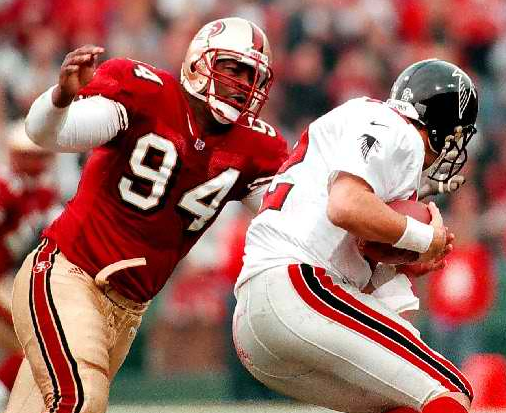
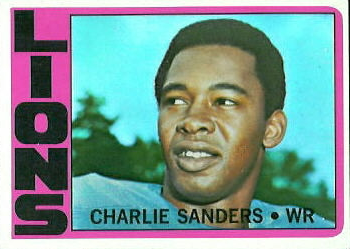
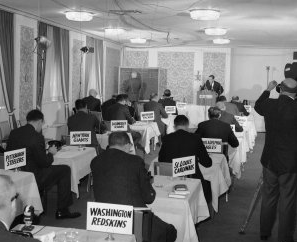
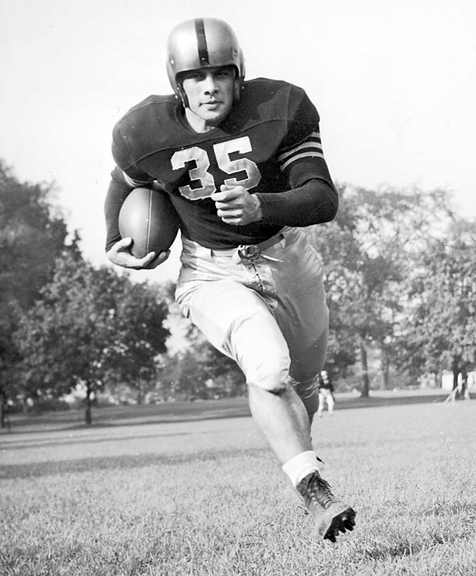
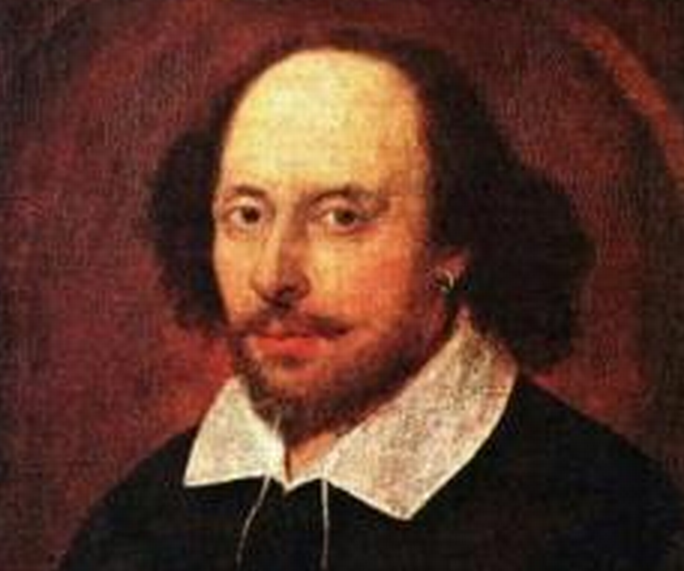
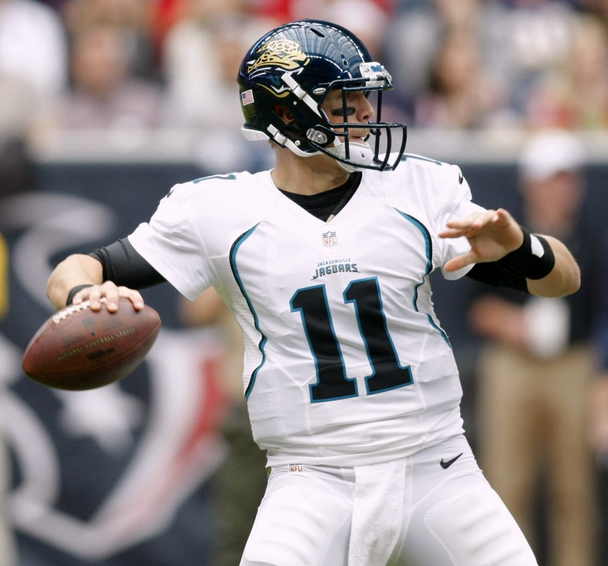
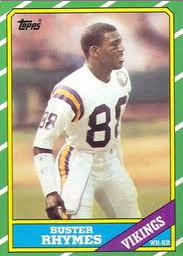

![Terry Baker: a better arm “for carrying around a trophy [than] throwing a football."](https://profootballdaly.com/wp-content/uploads/2015/04/Terry-Baker-with-Heisman.png)
